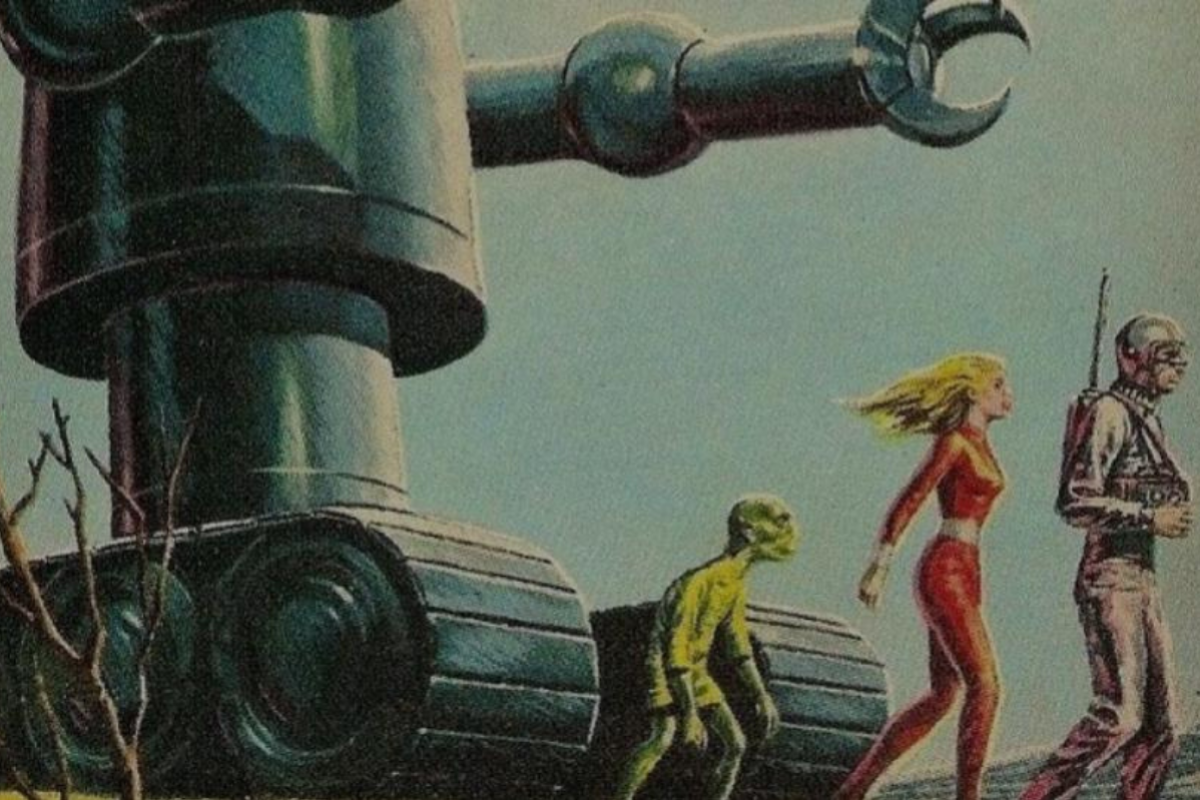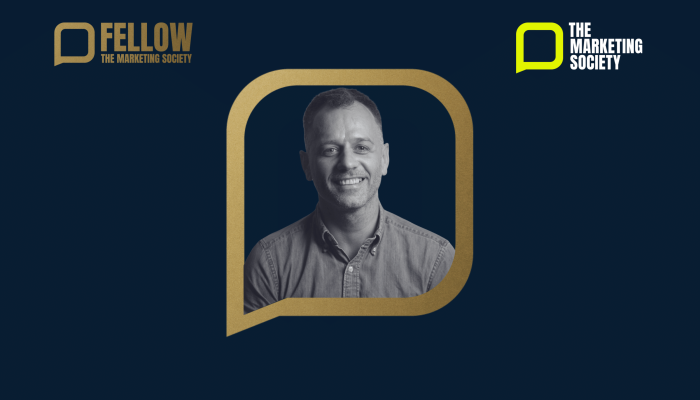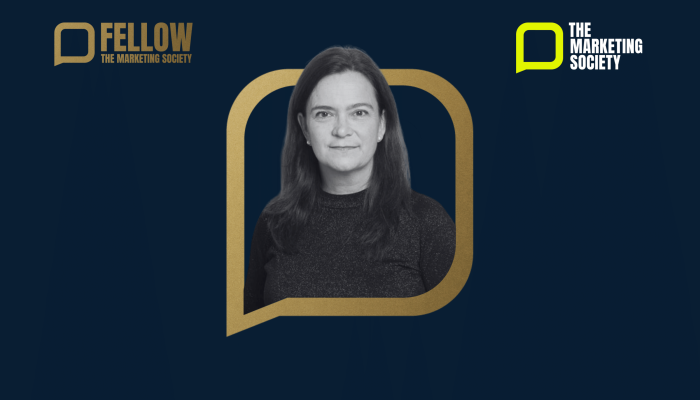“There it is again, that funny feeling”, sings Bo Burnham in his Netflix comedy special, Inside, lamenting the sheer oddness of our tech-drenched world.
Well, buckle up because we are heading into more funny feelings as AI makes whole brands feel like Arial font rendered in 8K: crisp, clean, and utterly soulless. But this coming wave of AI sludge, for all its looming monotony, will be fertile ground for those ready to plant something unexpected.
AI - great thinker, basic creative
You could argue AI lacks the spark of emotional insight, that it can’t tap the messy, beating heart of humans. I used to think that, but reality has popped that delusion. The state-of-the-art can be off and need a bit of help at times, but can also find precise illuminating insight and collective sentiment with eerie skill, sometimes outstripping our own limited, bubble-bound brains in tapping into truth.
Yet, while AI’s thinking is getting very, very good, its creative output - especially in advertising - still stumbles without a human hand on the tiller. We are just not yet there on the computer curve. It’s fluent but often formulaic, a glossy approximation of “good” that lacks the jagged edge of what makes things interesting. We’re in a window where AI’s thinking is undeniable, but its assets, without ingenious prompting, can feel a bit sterile.
The coming wave of sludge
This is a prelude to a tsunami of AI sludge - a wave of homogenous, hyper-optimized content that’s barrelling toward us. Picture the programmatic AdWords era of the 2000s, but coloured in, animated and on steroids: ads churned out by generative models, each one A/B-tested to death, each one eerily similar to the last, machines sprawling outwards trying to find attention.
Yes, the sludge isn’t fully here, but the hum of GPUs is getting louder: ads that feel too perfect, too focus-grouped, missing the spark of surprise. Smiling couple, sunset glow. We can all feel it in our feeds right now, growing. When AI floods the ad ecosystem with sterile, predictable sludge, standing out will demand more than polish. It’ll demand defiance. In Alice in Wonderland, the Red Queen warns, “It takes all the running you can do, to keep in the same place.” As the AI-driven world accelerates, brands will need to run twice as fast - not to blend in, but to break free.
Standing out will get easier
When the deluge hits, and every banner ad, video, and social post screams for attention with identical tropes - smiling faces, uplifting synth beats, pastel palettes - the smallest deviation will cut through like a chainsaw. A risky stance, a gritty story, or an offbeat weird angle will stand out like a sore, brilliant thumb.
As Tom Waits has said, “I like my music with the pulp and seeds left in”.
Remember AI excels at pattern replication, not pattern-breaking. It’s exquisitely sophisticated autocomplete. It’s trained on the aggregate of the past, making it a master of the mean, not the outlier. As brands lean harder into these tools, the risk of sameness spikes dramatically. Bring it on. That’s the opportunity for those of us who are ready.
When every ad feels like ashes in your mouth - sterile, hollow, ‘nothingy’ - the bold will thrive by being anything but. They’ll channel the Red Queen’s second, hidden lesson: to get somewhere else, you don’t just run faster - you leap off the track entirely. The edge belongs to those who can be jaggedly human, deep in the culture, and gloriously, unapologetically different.
Jaggedly human examples
It’s Snoop Dogg stunning fans by vowing to “give up smoke,” only to reveal it was a cheeky sell for Solo Stove’s smokeless fire pits. It’s DFS signing up the massive Shaquille O’Neal to talk about supersized comfort. It’s Heinz launching custom tooth grillz designed to tackle notoriously tough sauce packets. It’s Visit Oslo’s “Is It Even a City?” deadpan ad downplaying Oslo’s charm (“It’s too small to be a city, really”). It’s Spotify celebrating music fandoms in OOH with very specific aesthetics. It’s Tesco replacing the letters of their logo with fresh, delicious ingredients to create a little puzzle for people. It’s Mentos creating a Fizzooka in Fortnite to take the internet’s favourite experiment to new heights. It’s Burger King delivering burgers to new mums as a much-requested reward after labour. All these either get something intangible about the culture beyond the reach of the machines or approach with such originality that they become surprising.
Not anti-AI, just anti-sameness
This is not some Luddite ask for ‘human only’ creativity either. Instead it is one for ‘human in charge’ creativity so creative quality is the winner and sameness loses. Indeed with an ‘AI assist’ many ideas that couldn’t have existed now can, and difference can bloom. Let’s take some of Google Veo 3’s latest impressive creations from the last few days. Here’s the standard prompt of people selling something. It’s visually impressive but flat.
Now take a look at this: ‘Microplastic baby’ is brought to life by AI, but it was conceived by MetaPuppet, a person who shaped it into existence through repeated ingenious prompting (full behind the scenes on his process here. The pulp and the seeds don’t need to have come out of real fruit but they should still taste of something.
Difference saves you money
And the real sweetener as any media buyer knows, is that creative quality slashes cost per acquisition. Different ads convert better because they stand out. That's literally in Meta’s algorithm weighting for advertisers. As the temptation to press go on AI ads catches more of the lazy, so their media bill will increase. Conversely, those willing to think a little deeper, prompt a little more creatively and outsurf the sludge tsunami, will have their bill do down.
So, this vision of advertising I am setting out with glistening pulp and seeds oozing out will be cheaper – while being infinitely more tolerable, interesting and even inspiring.
Cheap highs have never looked so good.
Authored by Will Lion, Chief Strategy Officer, BBH - Part of Publicis Groupe UK a Partner of The Marketing Society.



